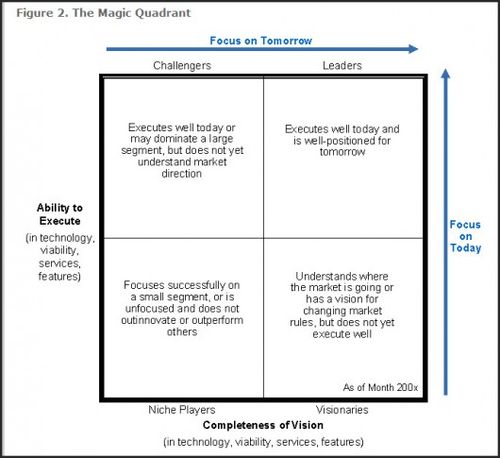It's not easy to build a service that everyone loves and even harder to build one that gets 3000 new users a day on an installed base of 2 million users. Once there you may think of yourself in the drivers seat as having built a successful company. Unfortunately, this is where the need for revenue comes to play. As a startup you can only raise external funding for so long before you generate your own cash flow to pay for operating expenses.
Given these facts, I was quite saddened to read the blog post today from Todd Agulnick, Co-Founder and CTO of Xmarks, Inc. In the post which I believe is a must-read for all entrepreneurs, Todd lays out how he started the company, built it, and tried multiple times to create a revenue model from the incredible number of users and data he amassed over a few years. As Todd states:
We spent the next year turning over every conceivable rock looking for ways to use the data in our corpus that would prove compelling to our users and revenue-generating for us. Some of these ideas, like SearchTabs, saw the light of day; others never made it out of the lab. Our “SearchBoost“, service was an upsell to advertisers: pay us a fee and we’ll add a mark to your ad when it’s displayed to our users, showing the bookmark rank of your site. Our tests showed that we could boost ad click-through rates by 10%. We built it and it put it front of potential advertisers. Many were interested, but ultimately the feedback was negative: our user base was too small to be worth their time and attention.
As evidenced from above, it sounds like Todd and his team tried every conceivable way to build a business out of their awesome product. If you are an entrepreneur you have to remember that building a consumer Internet business is not easy! Even though Xmarks jumped over 3 of 4 huge hurdles -building a great product/service, amassing users, and growing quickly, it was still not enough to build a scalable revenue model. Does this mean that I expect entrepreneurs to have a sustainable revenue model from Day 1? Definitely not but on Day 1, I do want to hear about the various ways you may generate revenue in the future. I also want to point out that advertising will most likely not work for your business unless you can generate a significant amount of traffic, way more than you even think you are going to need today. And finally like Xmarks, it may not work the way you dreamed it would but please take all of those lessons learned to your next startup as you will be all the wiser with the experience you had.

